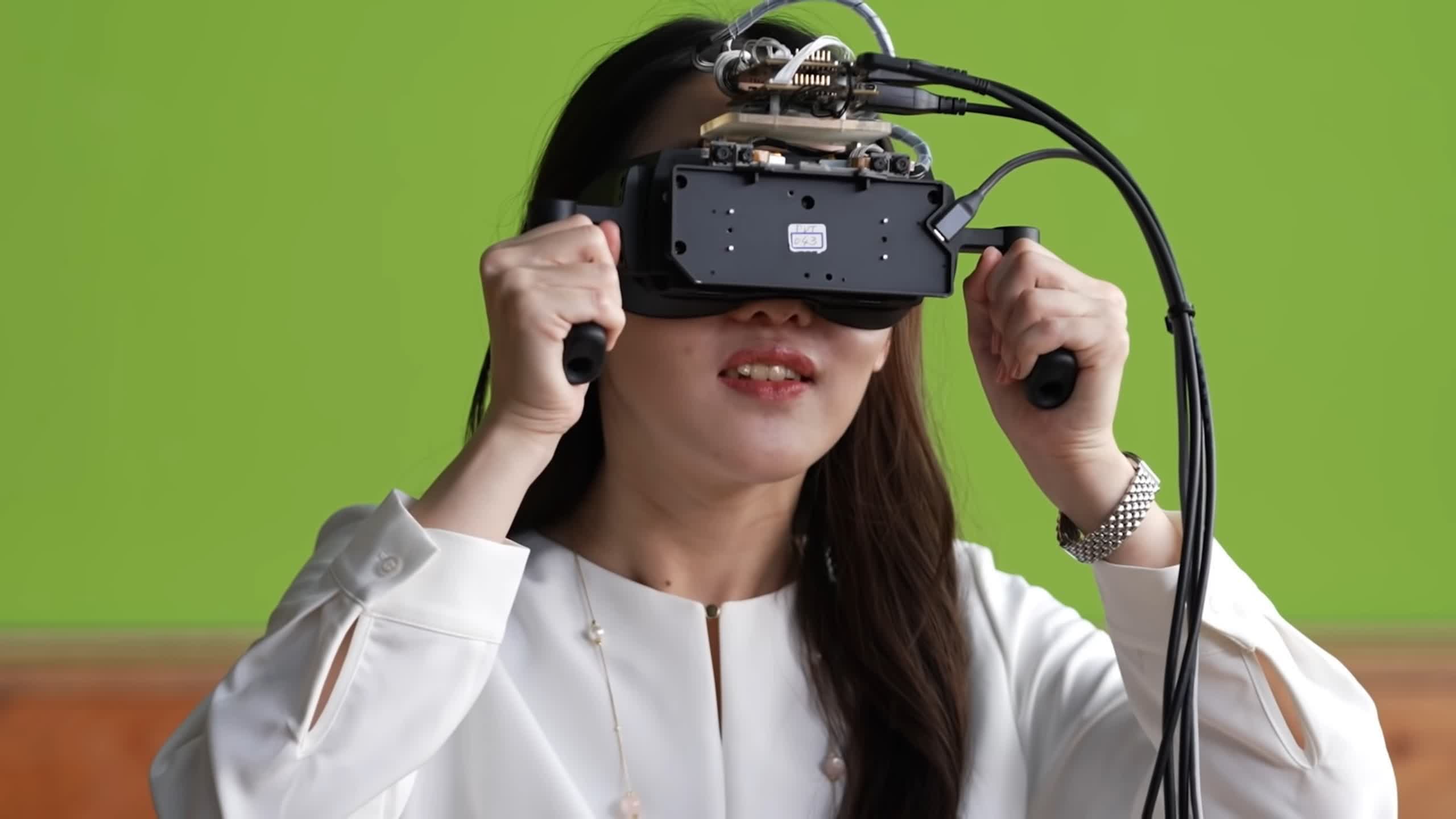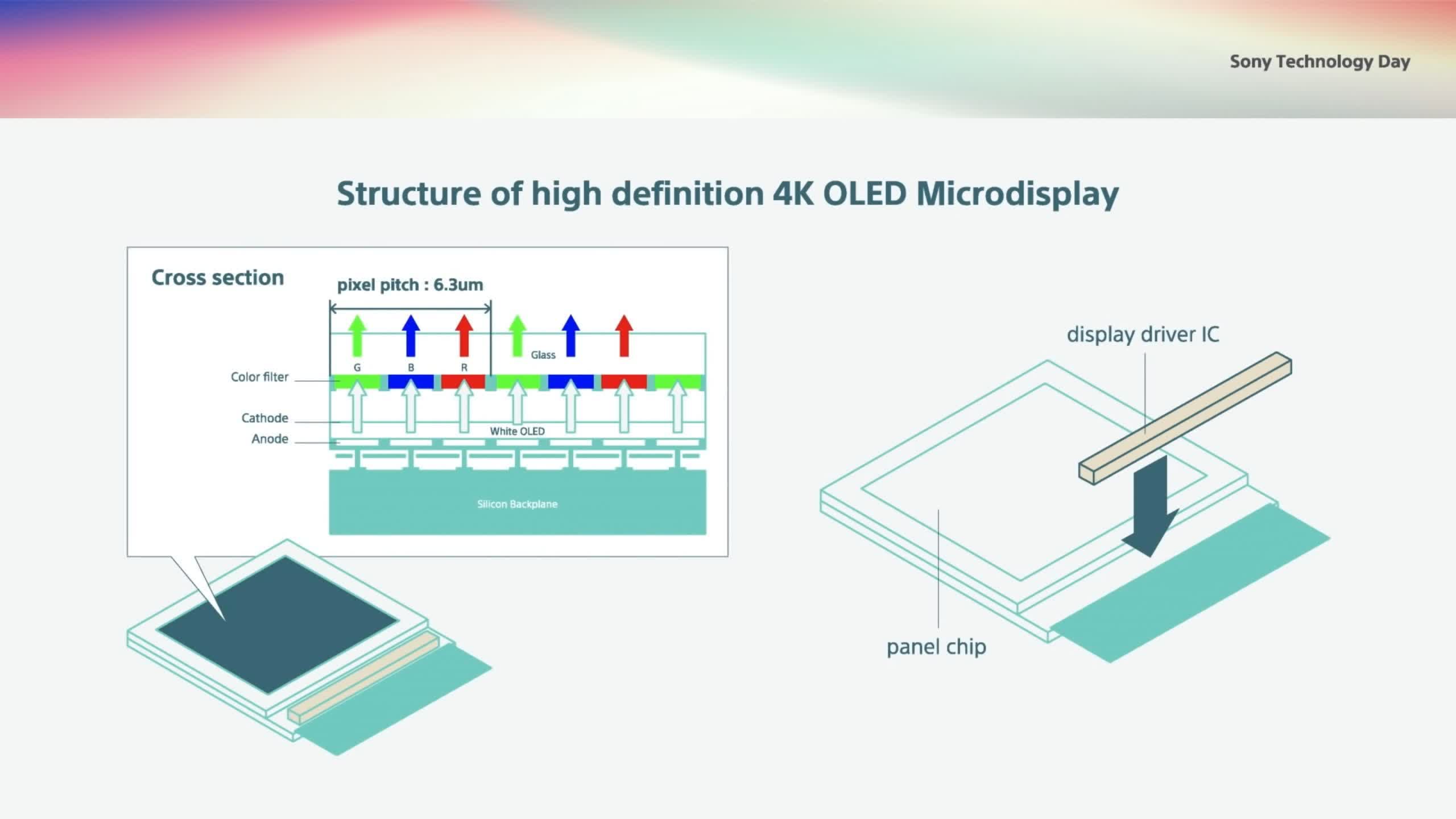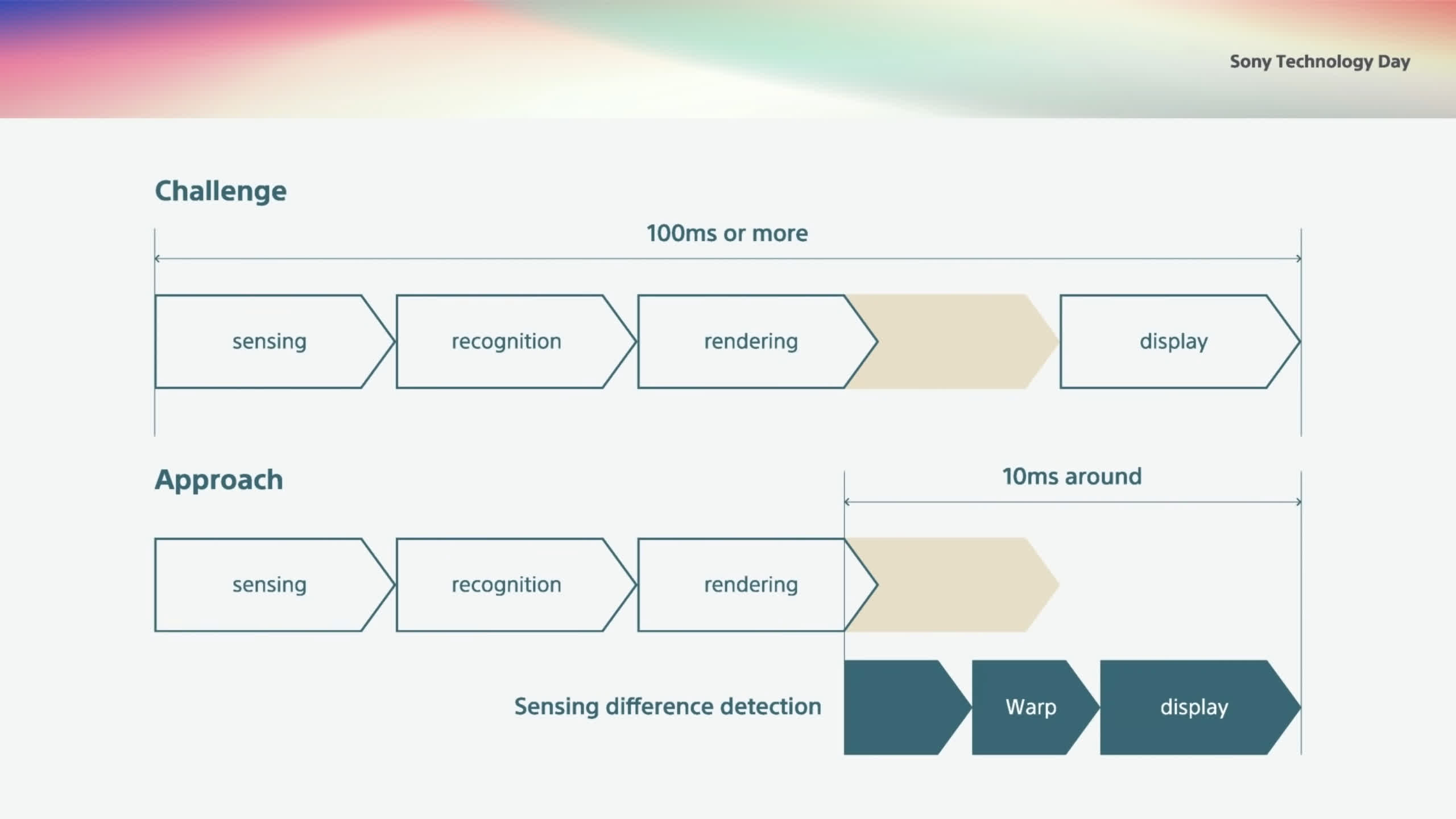Forward-looking: Virtual reality headsets have seen considerable advances in recent years, with improved resolutions, refresh rates, and features. But the prototype device Sony recently showed off looks like a real next-gen VR solution, thanks to its amazing 8K display.
The device was revealed in a video as part of the Sony Technology Day. Sony R&D engineers Yasuko Ishihara and Kei Kimura demonstrated the headset, which, as you can see, is still very much in the prototype stage. The flagship feature is that it uses a 4K OLED microdisplay for each eye, allowing wearers to enjoy 8K resolutions.

The headset also boasts lower latency thanks to a processing time of 0.01 seconds or 10ms, helping make the action smoother and avoiding the nausea that can come from a delay between head movement and what the eyes see. Additionally, the use of microdisplays has reduced its overall weight.
We see in the demo how the headset’s high resolution is able to show fine detail in the car, from the texture on the leather to the numbers on the dials.
The headset will have applications in the fields of engineering design, medical, and entertainment. There’s also mention of it creating spaces for people to interact over a network—possibly a metaverse reference.

The next-generation PlayStation VR (PSVR) headset for the PS5 is expected to arrive sometime during the 2022 holiday season. And while it’s rumored to use OLED and low-latency technology, don’t expect an 8K resolution. As for when Sony’s prototype will become an actual, purchasable product, that day is even further away.
https://www.techspot.com/news/92561-sony-gives-us-sneak-peek-8k-vr-headset.html

